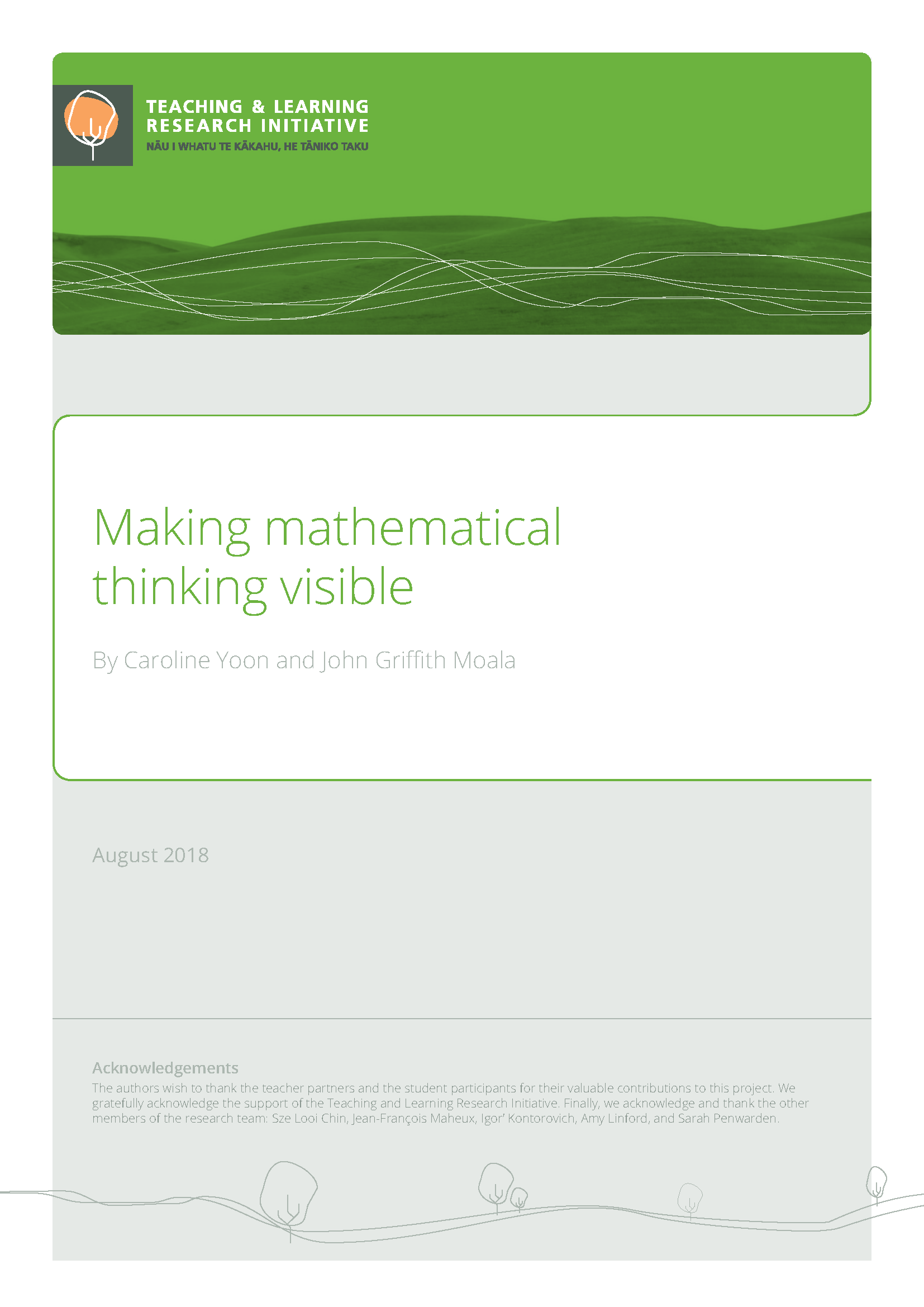
Making mathematical thinking visible
1. Mathematical parts and wholes Of all the subjects in the New Zealand school curriculum, mathematics is perhaps the most strongly associated in students’ minds with expectations of conformity, accuracy, and rule-following. Yet mathematicians describe mathematics as a source of intense aesthetic pleasure, creativity, and play (Lockhart, 2009; Sinclair, 2004). Chevallard (as cited in Eisenberg & Dreyfus, 1991) attributes this difference to “didactical transposition”, a process whereby academic mathematical knowledge is broken down and sequentially ordered into atomistic units that are easy to teach and assess. As a result of this transposition, students often experience instructional mathematics as components or building blocks: small, explicitly presented pieces of knowledge and skills to

